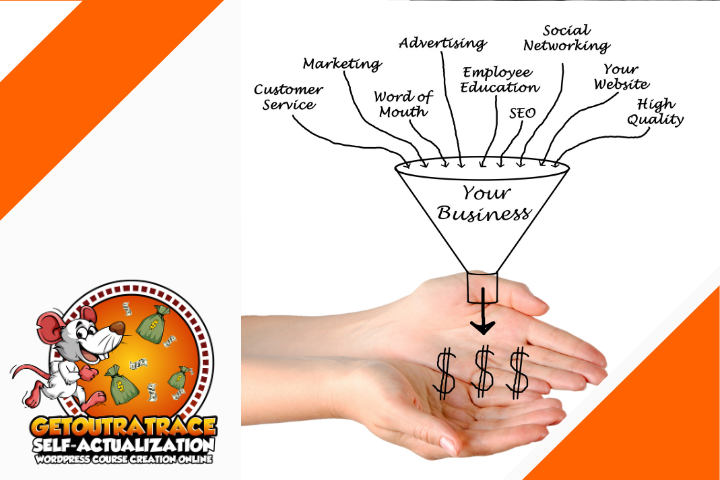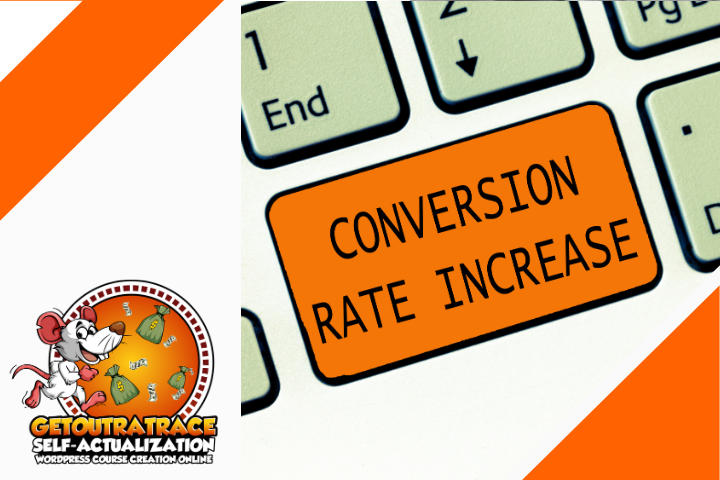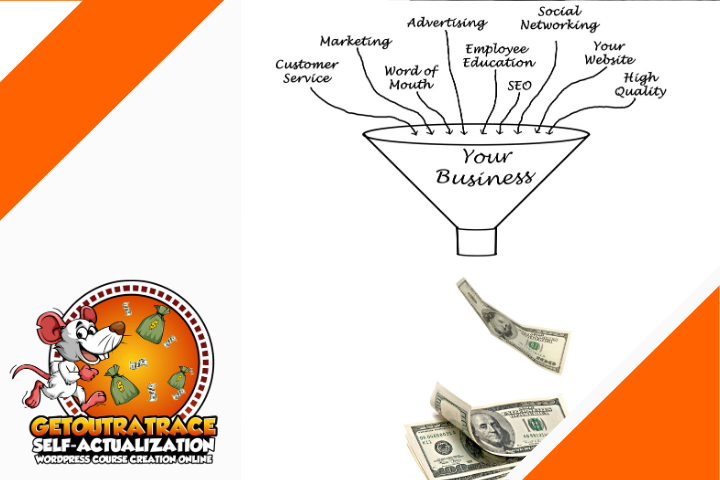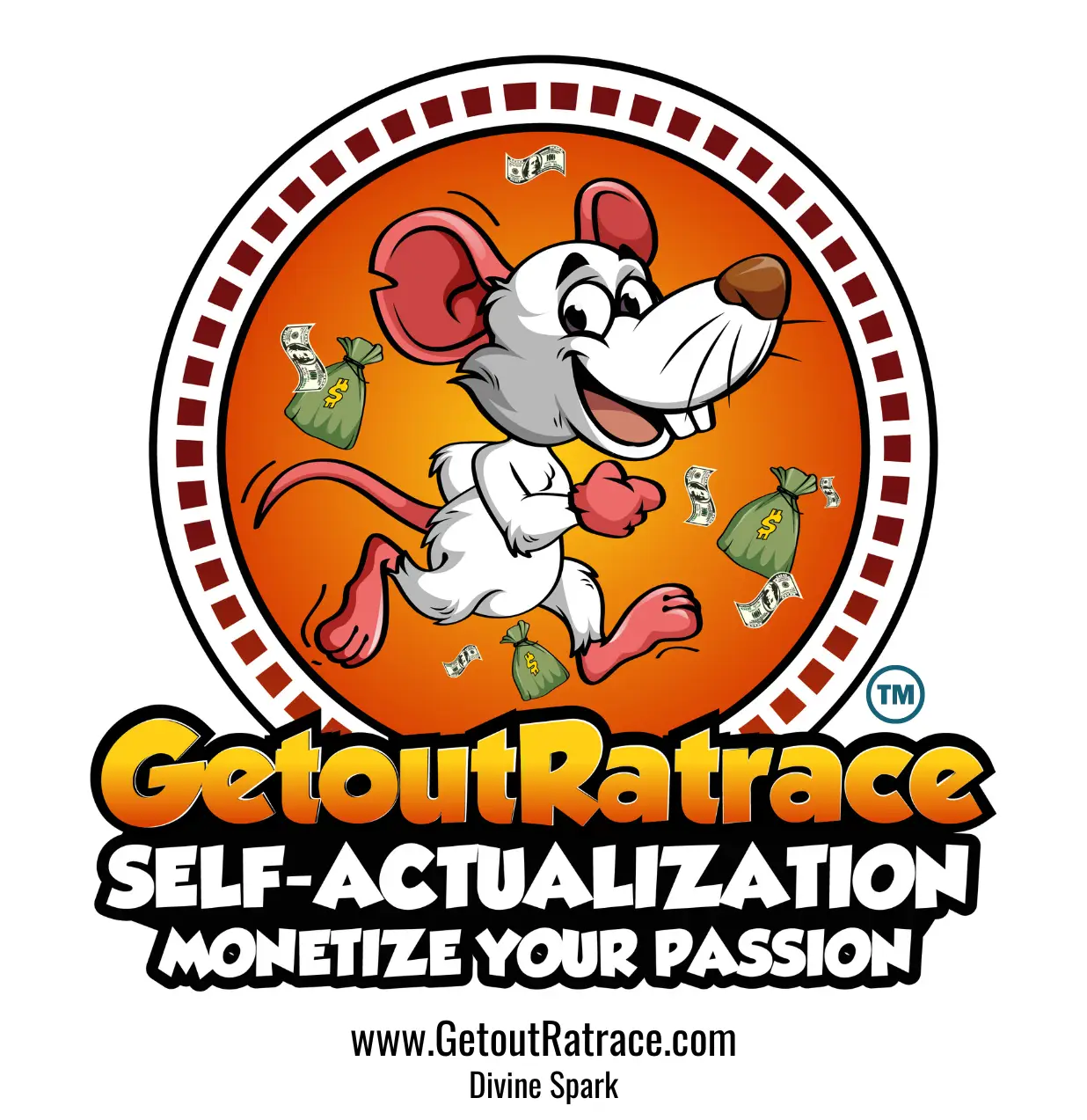SELF ACTUALIZATION
Create a website platform from your passion.
Like a driver’s license, it unlocks numerous opportunities for monetization.
Phone number
07729 866 544

Sales funnels are a strategic way of guiding potential customers through a series of steps towards making a purchase. Think of it as a visual representation of the customer journey from initial awareness of a product or service to the actual purchase and possibly even post-purchase interactions. Here’s a breakdown of what are sales funnels:
Awareness: This is the top of the funnel where potential customers become aware of your product or service. This can happen through various channels like social media, search engines, advertisements, etc.
Interest: Once people are aware of your product, the next step is to pique their interest. You can do this by providing valuable content, offering solutions to their problems, or highlighting the benefits of your product/service.
Consideration: At this stage, potential customers are considering whether or not to make a purchase. You need to provide them with more detailed information, testimonials, case studies, etc., to help them make an informed decision.
Intent: This is where potential customers show clear signs of wanting to make a purchase. They might be comparing prices, reading reviews, or engaging more deeply with your content.
Evaluation: In this stage, customers are evaluating their options before making a final decision. This might involve comparing your product with competitors, looking for discounts or special offers, or seeking additional reassurance.
Purchase: Congratulations! The customer has decided to buy your product or service.
Post-Purchase: The journey doesn’t end with the purchase. It’s essential to continue engaging with customers, providing excellent customer service, asking for feedback, and encouraging repeat purchases or referrals.
Each stage of the funnel requires different strategies and tactics to move potential customers closer to making a purchase. Sales funnels help businesses streamline their marketing efforts and improve conversion rates by focusing on the specific needs and behaviors of customers at each stage of the buying process.

Sales funnels are crucial for several reasons it is surprising how many time I hear people say what are sales funnels
Guidance: They provide a structured pathway for potential customers, guiding them through the buying process from initial awareness to the final purchase decision. This helps prevent potential customers from getting lost or confused along the way.
Efficiency: By understanding where potential customers are in the buying process, businesses can tailor their marketing efforts and resources more effectively. This ensures that the right message is delivered to the right audience at the right time, increasing efficiency and improving conversion rates.
Insight: Sales funnels provide valuable insights into customer behavior and preferences at each stage of the buying journey. By analyzing these insights, businesses can identify strengths and weaknesses in their sales process and make data-driven decisions to optimize their marketing strategies.
Measurement: Sales funnels allow businesses to track and measure the performance of their marketing campaigns more accurately. By monitoring key metrics such as conversion rates, customer acquisition costs, and lifetime value, businesses can identify areas for improvement and optimize their marketing efforts to achieve better results.
Customer Experience: A well-designed sales funnel enhances the overall customer experience by providing relevant information and support at each stage of the buying process. This helps build trust and credibility with potential customers, increasing the likelihood of conversion and fostering long-term customer relationships.
In summary, sales funnels are important because they help businesses streamline their marketing efforts, improve efficiency, gain valuable insights into customer behavior, measure performance accurately, and enhance the overall customer experience.

The concept of sales funnels has evolved over time alongside advancements in marketing and sales practices. Here’s a brief overview of the history of sales funnels:
Early Marketing Concepts: The idea of guiding potential customers through a series of steps toward making a purchase can be traced back to early marketing theories. In the late 19th and early 20th centuries, marketing pioneers like Elias St. Elmo Lewis developed frameworks such as AIDA (Attention, Interest, Desire, Action) to understand and influence consumer behavior.
Development of Sales Process Models: In the mid-20th century, sales professionals began to formalize the sales process with models like the “Four Ps” (Product, Price, Place, Promotion) and the “Seven Steps of Selling.” These models focused on understanding customer needs, building relationships, and closing deals.
Digital Marketing Era: With the rise of the internet and digital marketing in the late 20th and early 21st centuries, the concept of sales funnels evolved to accommodate new channels and technologies. Marketers began to map out the online customer journey, from initial awareness through to conversion and beyond.
Introduction of Online Sales Funnels: In the early days of e-commerce, businesses started to develop online sales funnels to guide website visitors towards making a purchase. This involved optimizing website design, content, and user experience to encourage conversions at each stage of the funnel.
Automation and Optimization: As digital marketing tools and analytics capabilities improved, businesses began to automate and optimize their sales funnels using techniques like email marketing, retargeting, and A/B testing. This allowed for more personalized and targeted communication with potential customers, leading to higher conversion rates.
Modern Sales Funnel Frameworks: Today, sales funnels continue to evolve with the emergence of new technologies like artificial intelligence, chatbots, and social media marketing. Modern frameworks like the “Flywheel” model emphasize the importance of customer engagement and retention in addition to acquisition, reflecting a more holistic approach to sales and marketing.
Throughout history, the core principles of guiding potential customers through a structured buying process have remained consistent, but the methods and tools used to implement sales funnels have evolved to keep pace with changes in consumer behavior and technology.

Setting up a sales funnel involves several steps, each aimed at guiding potential customers through the buying process efficiently. Here’s a simplified guide to setting up a sales funnel:
Define Your Target Audience: Identify who your ideal customers are and understand their needs, preferences, and pain points. This will help you tailor your sales funnel to effectively target and engage your audience.
Create Compelling Content: Develop high-quality content that attracts your target audience and provides value to them. This can include blog posts, videos, infographics, case studies, and more. Your content should address your audience’s pain points and offer solutions, positioning your brand as an authority in your industry.
Build Landing Pages: Create dedicated landing pages for each stage of your sales funnel. These pages should be designed to capture visitors’ attention and encourage them to take the next step in the buying process, whether it’s signing up for a newsletter, downloading a resource, or making a purchase.
Capture Leads: Implement lead capture forms on your landing pages to collect contact information from visitors who are interested in your products or services. Offer something of value in exchange for their contact details, such as a free ebook, webinar, or consultation.
Nurture Leads: Once you’ve captured leads, nurture them through targeted email campaigns, personalized content, and follow-up communication. Provide additional value to your leads and gradually guide them toward making a purchase decision.
Convert Leads into Customers: Encourage leads to take the final step of purchasing by offering special promotions, discounts, or incentives. Make it easy for them to buy from you by optimizing your checkout process and providing excellent customer support.
Track and Analyze Results: Monitor the performance of your sales funnel using analytics tools to track key metrics such as conversion rates, lead quality, and return on investment (ROI). Use this data to identify areas for improvement and optimize your sales funnel for better results.
Iterate and Improve: Continuously refine and optimize your sales funnel based on feedback and insights from your analytics. Test different strategies, messages, and offers to see what resonates best with your target audience and drives the highest conversions.
By following these steps and continually refining your approach, you can create an effective sales funnel that attracts, engages, and converts potential customers into paying customers for your business.
There are several platforms and tools available that can help you create, manage, and optimize sales funnels. Here are some popular options:
ClickFunnels: ClickFunnels is a comprehensive sales funnel builder that allows you to create high-converting landing pages, sales pages, and funnels without the need for coding or design skills. It offers a wide range of templates and features for A/B testing, email marketing integration, and more.
Leadpages: Leadpages is another popular landing page builder that enables you to create custom landing pages, pop-ups, and alert bars to capture leads and drive conversions. It offers a user-friendly interface, customizable templates, and integrations with email marketing and CRM platforms.
Unbounce: Unbounce is a powerful landing page builder designed to optimize conversion rates. It provides drag-and-drop functionality, A/B testing tools, and dynamic text replacement to create personalized landing pages tailored to your audience.
Kartra: Kartra is an all-in-one marketing platform that includes tools for building sales funnels, email marketing, membership sites, and more. It offers customizable templates, advanced automation features, and robust analytics to help you maximize your sales funnel performance.
WordPress with Plugins: If you prefer using WordPress, you can use plugins like Thrive Architect, Elementor, or Divi Builder to create landing pages and sales funnels. Combine these plugins with email marketing plugins like Mailchimp or ConvertKit for lead capture and nurturing.
HubSpot: HubSpot offers a suite of marketing, sales, and CRM tools that can help you build and manage your sales funnels effectively. It provides features for lead generation, email marketing, marketing automation, and analytics to optimize your funnel performance.
Builderall: Builderall is a comprehensive digital marketing platform that includes tools for building websites, sales funnels, email marketing campaigns, and more. It offers customizable templates, drag-and-drop editors, and integration with popular marketing tools.
These platforms vary in terms of features, pricing, and complexity, so it’s essential to evaluate your specific needs and budget before choosing the right one for your business. Many of them offer free trials or demo versions, allowing you to test their features and see which platform works best for you.

The best type of sales funnel for your business depends on various factors, including your industry, target audience, products or services, and marketing goals. However, several common types of sales funnels are widely used and effective in different scenarios. Remember what are sales funnels and their purpose and what the specific reason is you need for:
Lead Generation Funnel: This type of funnel focuses on capturing leads and nurturing them into customers. It typically includes a lead magnet (such as an ebook, webinar, or free trial) to attract prospects, followed by a series of emails or other communication to educate, engage, and eventually convert them into paying customers.
Sales Funnel for High-Ticket Products/Services: For businesses selling high-ticket items or services, a sales funnel with a more personalized approach may be necessary. This could involve offering a free consultation or demo, followed by one-on-one sales calls or presentations to address the prospect’s specific needs and objections.
E-commerce Sales Funnel: E-commerce sales funnels are designed to drive online sales for physical or digital products. They typically include product pages, cart abandonment sequences, upsell and cross-sell opportunities, and follow-up emails to encourage repeat purchases.
Webinar Funnel: Webinar funnels are used to promote and sell products or services through live or recorded webinars. They often include registration pages, reminder emails, the webinar itself, and follow-up sequences to nurture leads and convert attendees into customers.
Affiliate Marketing Funnel: Affiliate marketing funnels involve promoting products or services as an affiliate and earning a commission on sales. These funnels typically include landing pages with affiliate links, pre-sell content, and follow-up sequences to encourage purchases.
Membership Site Funnel: Membership site funnels are used to sell access to exclusive content or online communities on a recurring basis. They often include landing pages with membership benefits, registration forms, and automated email sequences to onboard and retain members.
Product Launch Funnel: Product launch funnels are designed to generate excitement and anticipation around a new product or service. They typically include pre-launch content, a launch event or promotion, and follow-up sequences to capitalize on initial interest and drive sales.
Ultimately, the best type of sales funnel for your business will depend on your specific goals, target audience, and resources. It’s essential to test different funnel types and strategies to see what works best for your business and continuously optimize based on data and feedback.
In conclusion, what are sales funnels are essential for guiding potential customers through the buying process and maximizing conversion rates. By understanding your target audience, creating compelling content, and leveraging the right tools and platforms, you can build effective sales funnels that attract, engage, and convert leads into customers. Whether you’re focused on lead generation, selling high-ticket products, driving e-commerce sales, or promoting affiliate offers, there are various types of sales funnels to choose from based on your business goals and needs. Continuously testing and optimizing your funnels based on data and feedback is key to maximizing their effectiveness and driving sustainable growth for your business

Get notified about new ways people monetize their passions and more. Free digital products coming soon.